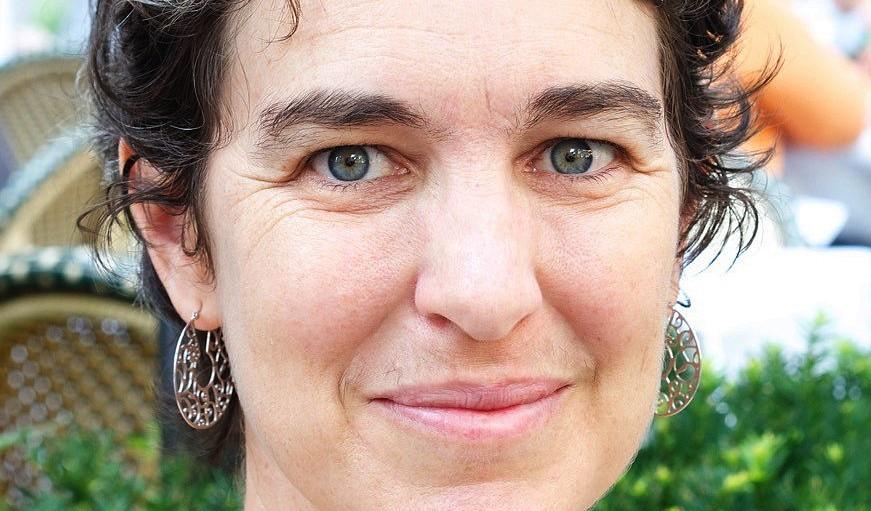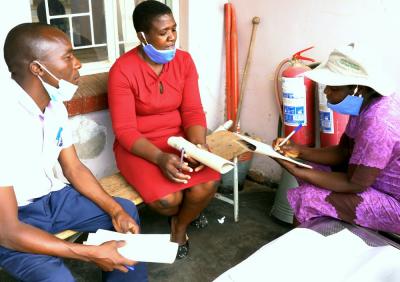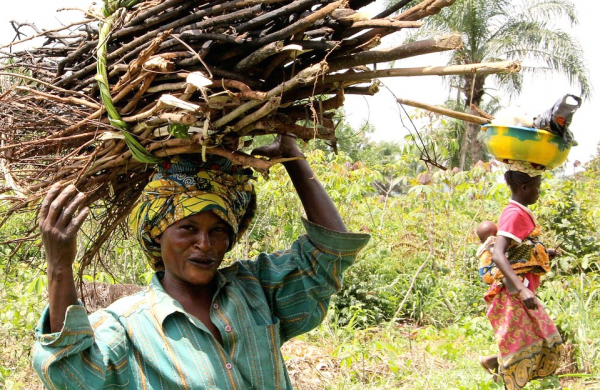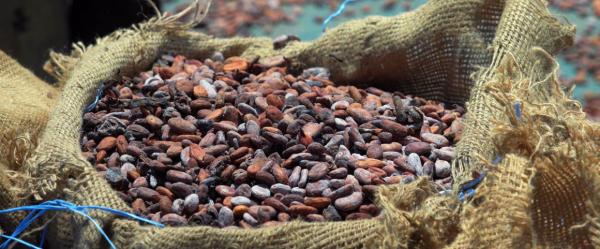Expert view 30 September 2025
- Home
- CIRAD news
- News
- Emmanuelle Bouquet: “Making rural women more visible, to boost the impact of our research”
Emmanuelle Bouquet: “Making rural women more visible, to boost the impact of our research”

Emmanuelle Bouquet is an economist at CIRAD. Along with Jean-Michel Sourisseau, she coordinates the working group on “Integrating the gender perspective into scientific strategy” under the Gender-SMART project © DR
The role of women in agriculture has long been overlooked by research and development projects. Why?
Emmanuelle Bouquet : It’s true that for a very long time, women have been invisible, especially those in rural parts of tropical and Mediterranean countries. Were they made invisible voluntarily or involuntarily? Perhaps through a simplification of survey processes? The answer is unclear. We scientists tend to reason in terms of the farm. But farms are often managed by men. When women’s viewpoints, needs and constraints are not taken into account, the full impact of research and development activities does not reach them.
When women do appear in the statistics, this is generally because they are widows, which is a specific case.
The goal is to make all women visible, as well as the work they do.
Can gender issues enhance research and development activities?
E.B.: Over and above the need for equality, we assume that taking gender into account will produce a more relevant science that will have greater impact. Let’s take the example of the selection of new varieties in genetics. For these to be adopted, scientists must understand the needs of the men who use them, but also those of the women who use them, which are often different. For men, most of their production may be sold, while for women, it may be mostly for own consumption. The reality is certainly more complex than the cliché of “men sell and women cook”. But asking questions enhances research and especially the answers provided by science. The RTBfoods project, coordinated by CIRAD, is a pioneer on that level.
The integration of gender into CIRAD’s scientific activity has been formalised for the last two years in the context of the Gender-SMART project, which is also coordinated by the institution. What changes does this mean in research practices?
E.B.: For scientists like ourselves, the aim is to move from a gender-blind approach to a gender-sensitive approach, at every step of the scientific process: from the formulation of research questions to the collection and analysis of data and the dissemination of results. This is the goal Jean-Michel Sourisseau and myself are pursuing, as coordinators of the working group for the Gender-SMART project: “Integrating the gender perspective into scientific strategy”. These aspects have become a crosscutting priority at CIRAD that needs to filter through all areas of our research.
How was gender taken into account until now?
E.B.: An audit conducted in 2019 showed that, over the past three years, less than 1 % of CIRAD’s publications had the words “gender”, “woman” or “female” in the title, keywords or abstract. This leaves considerable room for improvement! Having said this, we believe that part of the iceberg is hidden. When we work on family farming, the issue of gender is present, because there are women and men in families, but it is sometimes implicit, and doesn’t appear in the keywords selected for publications. This led to the idea of creating a community of practice at CIRAD; it now includes around 50 scientists from different disciplines, as well as research support frameworks. Some already took account of the gender perspective in their activities, but without necessarily presenting it as such. For others, these issues were not a priority, but they want to integrate them into their work. And yet others need to meet the demands of financial partners who increasingly raise these issues with us. Gender-SMART helps to catalyse and capitalise on this type of experience, in order to engage people. Above all, it proposes a range of tools to better integrate gender issues into projects.
Is everything a question of gender?
E.B.: Not necessarily, but the question should at least be asked. And sometimes gender is not enough. Gender-SMART has enabled us to incorporate the “gender +” approach, which studies and compares different possible sources of inequalities: gender, generation, social class, etc. Among women, for example, some are better positioned than others depending on their social or family status. We are trying to determine what causes these inequalities and what perpetuates them. Sociologists will consider power games, while economists will look at differences in access to productive resources, incomes, etc. After documenting these inequalities and deciphering their mechanisms, the third goal is to find solutions to them, or at least to take them into account, in order to produce relevant recommendations. This implies adapting our research to this reality. In West Africa, for instance, women already work on men’s plots in addition to their housework, and so they have less time to work on their own plots. One avenue for research could therefore be to find time-saving technical solutions.
Our philosophy is that every scientist should think about their practices, but without prejudging the answer. The goal is to increasingly integrate the gender perspective into CIRAD’s projects based on the teams’ day-to-day work, through the range of different gender-sensitive approaches.

























._A.jpg)





